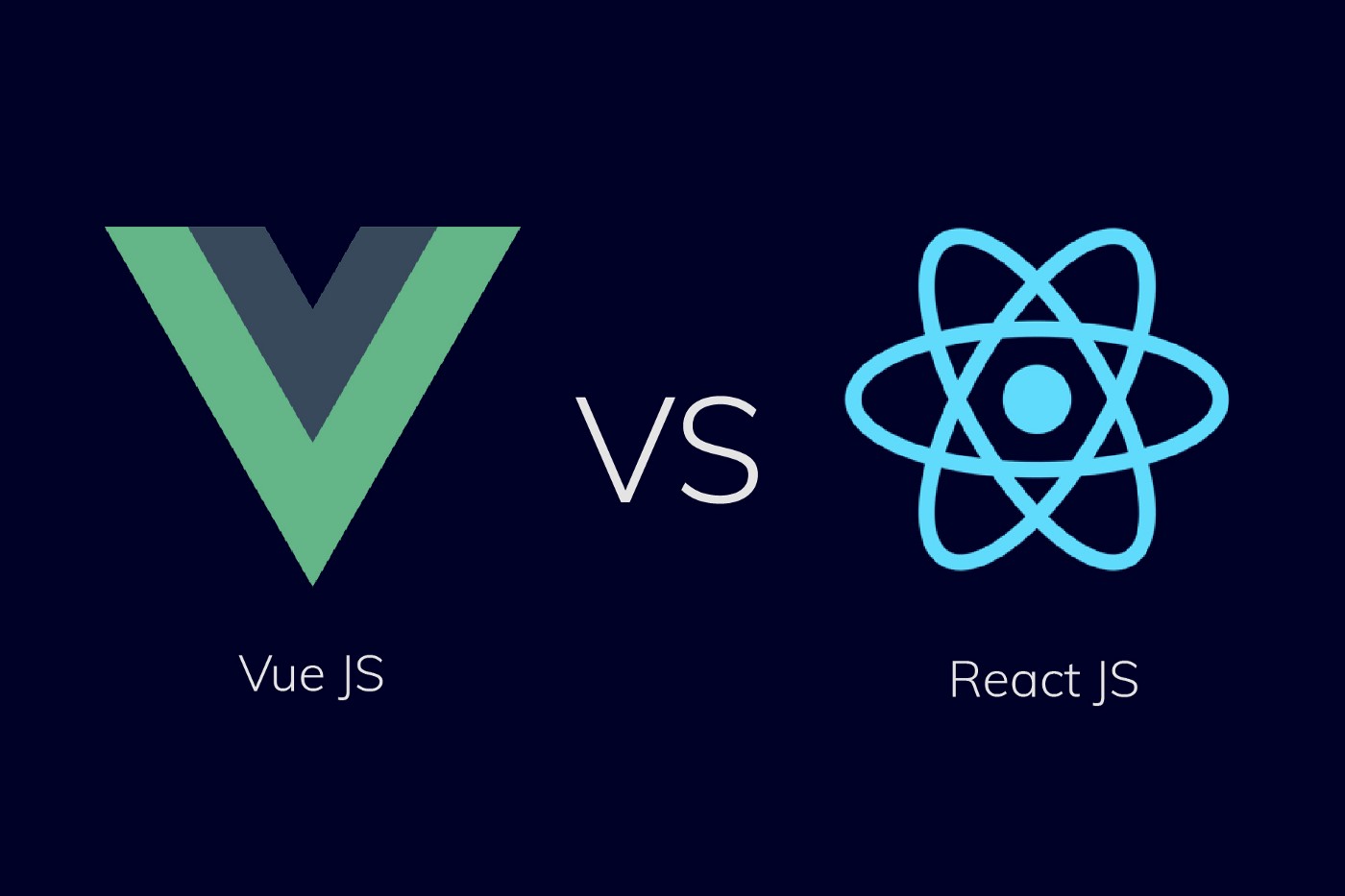Vue.js vs. React: Application, Features, and Use Cases
Vue.js and React.js are two popular libraries for creating web projects. They are utilized for small, medium, and big projects. This source compares them.
Join the DZone community and get the full member experience.
Join For FreeVue.js and React are two of the most popular JavaScript libraries for building user interfaces. However, both libraries have their own unique features, strengths, and weaknesses.
Vue.js is a progressive framework that is designed to be easy to learn and integrate into a project. It is well known for its simplicity and flexibility, making it a great choice for small-scale projects or for developers who are new to JavaScript frameworks. Vue.js also has a built-in template system and a powerful set of directives, which makes it easy to manipulate the DOM.
On the other hand, React is a library that emphasizes constructing reusable UI components. It is commonly utilized for constructing large-scale and complex web applications and is acclaimed for its performance and scalability. React employs a virtual DOM, which enhances the performance of updates and rendering by updating only the necessary parts of the page. Additionally, React boasts a vast and active community of developers who contribute to the library and offer support through various resources such as forums and documentation.
Both Vue.js and React have their own set of tools and libraries to help developers build and maintain their applications. For example, Vue.js has Vue CLI and Nuxt.js, while React has Create React App and Next.js.
Let's iterate over each technology's key aspects and use cases.

Key Aspects of Vue.js
- Reactive and Composable Components: Vue.js uses a template-based syntax and a powerful set of directives that allows developers to create reusable and composable components.
- Virtual DOM: Vue.js has a virtual DOM, which improves the performance of updates and rendering by only updating the parts of the page that have changed.
- Easy Integration: Vue.js is designed to be easy to learn and integrate into a project, making it a great choice for small-scale projects or for developers who are new to JavaScript frameworks.
- Simplicity: Vue.js is known for its simplicity and flexibility, making it easy to understand and work with.
- Ecosystem: Vue.js has a rich ecosystem of the official and community-developed tools, including Vue CLI, Nuxt.js, Vuex, and more.
- Vue Router: Vue Router is the official router for Vue.js. It deeply integrates with Vue.js core to make building Single Page Applications with Vue.js a breeze.
- Server-Side Rendering: Vue.js has built-in support for server-side rendering, allowing for improved performance and SEO.
- Progressive Framework: Vue.js can be used as a library or a framework, depending on the scale of the project and the developer's preference.
Now, what about React? It's a super popular library, really common in web development. It has its own advantages.
Key Aspects of React
- Components: React is all about building reusable UI components.
- Virtual DOM: React uses a virtual DOM, which improves the performance of updates and rendering by only updating the parts of the page that have changed.
- JSX: React uses JSX, a syntax extension for JavaScript, which allows you to write HTML-like elements in your JavaScript code.
- Unidirectional Data Flow: React follows a unidirectional data flow, which means that data flows in a single direction throughout the application, making it easier to manage and reason about.
- React Hooks: React Hooks are functions that allow you to use state and other React features in functional components.
- React Router: React Router is the official router for React. It allows you to easily handle client-side routing.
- Large Community Support: React has a large and active community of developers who contribute to the library and provide support through various resources, such as forums and documentation.
- Server-Side Rendering: React has built-in support for server-side rendering, allowing for improved performance and SEO.
By the way, using React, you can really improve the web development process. In addition, it saves a lot of time since components are reusable.
Use Cases of Each
Vue.js and React are both popular JavaScript libraries for building user interfaces, but they have distinct use cases and areas of application. Vue.js is a simple and flexible framework that is easy to learn and integrate, making it a suitable choice for small projects or developers new to JavaScript frameworks; it's also great for building Progressive Web Apps (PWAs) and Single-Page Applications (SPAs).
On the other hand, React is a powerful and performance-oriented library that is ideal for large-scale and complex web applications, such as e-commerce sites, social media platforms, and others that require high performance and scalability. React also has a large and active community of developers who contribute to the library and provide support through various resources.
Some Code Examples:
Vue.js
<template>
<div>
<p>{{ message }}</p>
<button @click="reverseMessage">Reverse Message</button>
</div>
</template>
<script>
export default {
data() {
return {
message: 'Hello Vue.js!'
}
},
methods: {
reverseMessage() {
this.message = this.message.split('').reverse().join('')
}
}
}
</script>This code snippet shows a basic Vue.js component that displays a message and a button. When the button is clicked, the message is reversed using the `reverseMessage` method.
Same in React:
import React, { useState } from 'react';
function App() {
const [message, setMessage] = useState('Hello React!');
function reverseMessage() {
setMessage(message.split('').reverse().join(''));
}
return (
<div>
<p>{message}</p>
<button onClick={reverseMessage}>Reverse Message</button>
</div>
);
}
export default App;In summary, Vue.js is a lightweight and beginner-friendly framework well-suited for small projects and developers new to JavaScript frameworks. React, on the other hand, is a powerful and high-performance library ideal for building large-scale and complex web applications. Both libraries are widely used for web development, and the choice between them should be based on the specific needs and goals of a project.
Published at DZone with permission of Kostiantyn Boskin. See the original article here.
Opinions expressed by DZone contributors are their own.

Comments